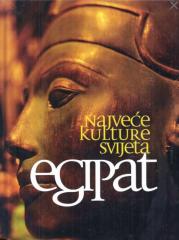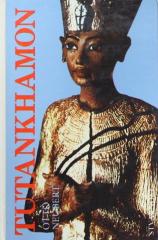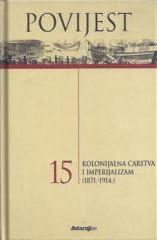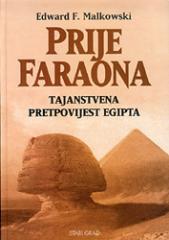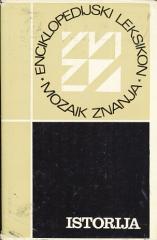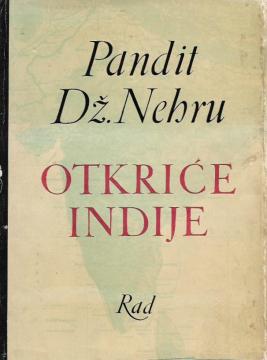
Otkriće Indije
„Otkriće Indije“, napisano 1946. godine tokom Nehruovog boravka u zatvoru, monumentalno je delo koje istražuje istoriju, kulturu i duh Indije. Nehru, ključna figura u indijskom pokretu za nezavisnost, piše o prošlosti i ima viziju za budućnost nacije.
Nehru počinje svoju studiju sa drevnim indijskim civilizacijama, kao što su Harapa i vedski period, opisujući razvoj religija (hinduizam, budizam, džainizam) i njihov uticaj na društvo. Nehru istražuje indijsku filozofiju, nauku i umetnost, ističući doprinose poput ajurvede i matematičkih otkrića. Prelazi na srednjovekovne dinastije, uključujući Mogule, i analizira njihov kulturni i politički uticaj.
Knjiga se takođe bavi kolonijalnim periodom, posebno britanskom vladavinom, koju Nehru kritikuje zbog ekonomske eksploatacije i društvene stagnacije. Povezuje prošlost sa borbom za nezavisnost, ističući duh otpora i jedinstvo različitih indijskih zajednica. Nehru razmišlja o indijskom identitetu, ističući toleranciju i sintezu kultura kao snagu nacije.
Kroz lične anegdote, poput vremena provedenog u zatvoru, Nehru otkriva svoju vezu sa Indijom, ali i zabrinutost za njenu budućnost. Knjiga se završava optimističnom vizijom moderne Indije koja spaja tradiciju sa napretkom. „Otkriće Indije“ je duboko razmišljanje o indijskoj duši, napisano sa erudicijom i strašću.
Jedan primerak je u ponudi
- Tragovi patine
- Oštećen omot
